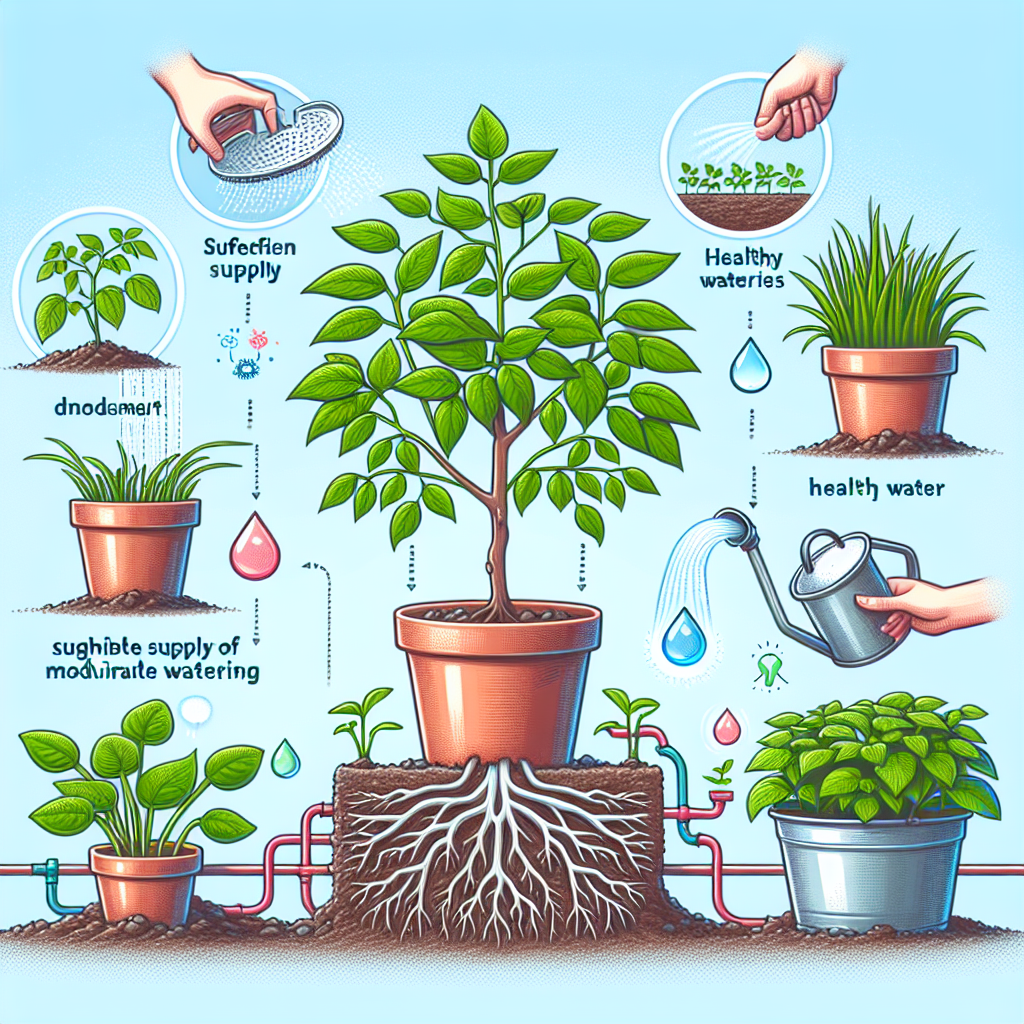Table of Contents
When it comes to caring for potted plants, watering is one of the most important tasks. Finding the right method of watering is crucial to ensuring your plants thrive and flourish. One method that has gained popularity in recent years is slow drip watering. This method involves providing a consistent, slow flow of water directly to the roots of the plant, mimicking natural rainfall. Slow drip watering can be highly beneficial for potted plants, promoting healthy growth and reducing water waste.
In this article, we will explore why slow drip watering is ideal for potted plants. We will discuss the benefits of this watering method, how to set up a system for your plants, and common questions about slow drip watering. By the end of this article, you will have a better understanding of why slow drip watering is a great option for keeping your potted plants happy and healthy.
Benefits of Slow Drip Watering
One of the main reasons why slow drip watering is ideal for potted plants is that it allows for deep root hydration. When you water your plants using a slow drip system, the water gradually seeps into the soil and reaches the roots at a steady pace. This ensures that the entire root system receives adequate moisture, promoting healthy growth and preventing issues such as root rot.
Another benefit of slow drip watering is that it helps conserve water. Traditional methods of watering, such as overhead sprinklers or hand-watering with a hose, can lead to water wastage through evaporation or runoff. With slow drip watering, you can control the flow rate and direction of the water, ensuring that it goes directly to where it’s needed most – the roots of your plants.
Setting Up a Slow Drip Watering System
Setting up a slow drip watering system for your potted plants is easier than you might think. There are several options available on the market, from simple DIY kits to more advanced automated systems. One popular option is using soaker hoses or drip irrigation tubing placed around the base of your pots.
To set up a soaker hose system, connect one end of the hose to a water source (such as a faucet or rain barrel) and place the other end near your plants. The hose should be positioned in a spiral pattern around each pot, ensuring that water reaches all sides evenly. Adjust the flow rate and timing based on your plant’s needs and environmental conditions.
Common Questions About Slow Drip Watering
1. How often should I water my potted plants using slow drip?
The frequency of watering will depend on various factors such as plant type, pot size, soil type, and environmental conditions. As a general rule of thumb, check soil moisture regularly by feeling it with your fingers. If it feels dry an inch below the surface, it’s time to water.
2. Can I use fertilizer with a slow drip system?
Yes! You can add liquid fertilizer to your irrigation system to ensure that nutrients are delivered directly to the roots along with water.
3. Is slow drip watering suitable for all types of potted plants?
While most potted plants will benefit from slow drip watering, some may prefer alternative methods depending on their specific needs (e.g., succulents prefer infrequent but deep watering). It’s essential to understand your plant’s requirements before implementing any new watering method.
4. Can I leave my slow drip system running while I’m away?
If you plan on being away for an extended period, you can set up an automated timer with your irrigation system or ask someone to check on your plants occasionally. It’s essential not to overwater or underwater while you’re gone.
5. What are some signs that my potted plants aren’t getting enough water?
Symptoms such as wilting leaves, yellowing foliage, or dry soil are indicators that your plants may not be receiving enough moisture. Adjust your watering schedule accordingly based on these signs.













